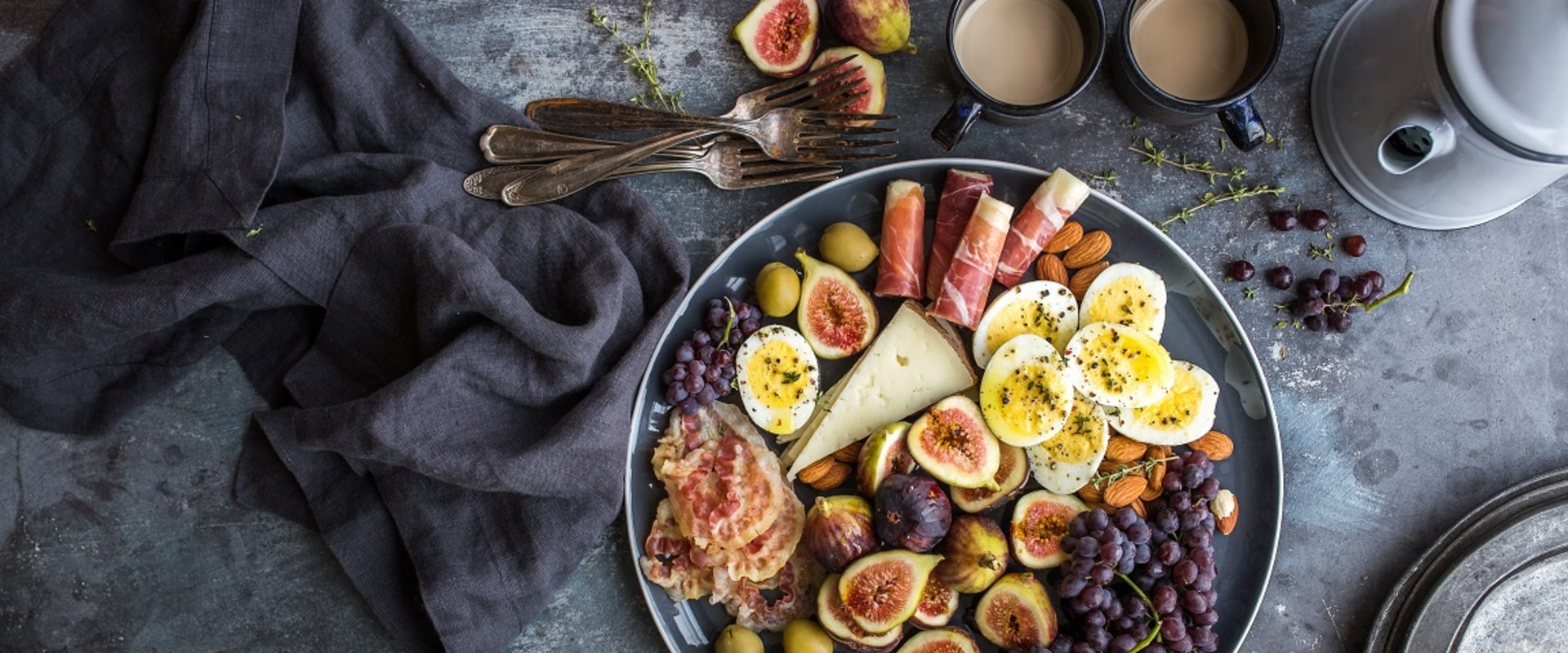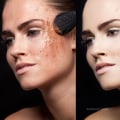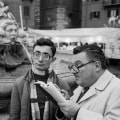Are you looking for tips and tricks on how to style food for commercial photography? Food styling is an essential part of creating captivating images that will draw in viewers and increase the appeal of your product. In this article, we'll provide you with some of the best food styling tips to help you get the perfect shot for your commercial photography project. Read on to learn more about the art of food styling and how to make your images stand out from the competition!Creating stunning food photography is a combination of skills, from choosing the right props and plateware to how you position and light the food. Food styling is an essential skill for any commercial photographer looking to capture beautiful images.
In this article, we'll cover the basics of food styling, from choosing the right props to taking the perfect shot. First, consider what props are needed to showcase the food. Use props that help create a story or feel to the image. For example, you may use a wooden board, a spoon, and a cloth napkin to create a rustic feel. Make sure that all of the props are clean and free from dust or dirt.
It's important to also consider color when selecting props as they should complement the food. Lighting is key when it comes to food photography. Natural light is often best but you can also use artificial lighting if needed. Make sure that your light source is not too bright or too dark. You may want to use multiple light sources to achieve the desired effect. It's also important to be aware of composition when shooting food.
Consider the angle and height of the camera, as well as how many items you include in the shot and their placement. Try to make sure that all items are visible and well-lit. When styling food, it's important to be mindful of how it looks. Use small spoons or tweezers to adjust small details. You may also want to use edible items such as herbs or spices to add texture and color to the dish. Finally, once you have all of the elements in place, take your shot! Take multiple shots from different angles and distances so that you can get the best result possible.
Experiment with different angles and perspectives, such as shooting from above or below the food, and always take multiple shots so that you have plenty of options.
Composition
When taking your shots, be sure to keep composition in mind. Consider the angle, height, and placement of elements. For example, if you're taking a close-up shot of a dish, be sure to place the dish in the center of the frame and have it surrounded by props that will help create a dynamic composition. You could also shoot from a high angle to capture an overhead shot that can help highlight the details of the food.It's also important to keep negative space in mind when styling food for commercial photography. Negative space can help draw attention to the food while also creating a balanced composition. Try shooting from different angles and positions to see what works best for your shot.
Styling Food
Food styling is an essential part of creating beautiful images for commercial photography. When styling food, it's important to pay attention to small details, such as the position of ingredients and the texture of the food.To achieve this, there are a few tools you can use to help adjust small elements of the food. Tweezers are a great tool for adjusting small pieces of food, such as herbs or spices, or to move an ingredient into the perfect position. Using tweezers to make these small adjustments gives you more control over the food and ensures that the food looks its best in the final image. Spoons are also useful for food styling, as they can be used to create different textures in the food.
For example, you can use a spoon to make craters in a scoop of ice cream or create ripples in a sauce. This adds depth and texture to the food and helps make it look more appetizing. These small tools can be used in conjunction with other styling techniques, such as adding props or plateware, to create stunning images for commercial photography. With some practice and creativity, you can learn to create beautiful food photography.
Choosing Props
When it comes to choosing props for food photography, there are a few things to consider.Color and texture are essential elements, as they will create visual interest and draw the eye towards the food. It's also important to think about how the props will complement the dish; for example, a bright, bold plate can be used to contrast with a light, delicate dish. When selecting props, take into account the overall look you are trying to achieve. A minimalist setup with muted colors and simple shapes will create a modern feel, while bright colors and bold patterns can give an image a more vibrant, playful look. Additionally, think about what the dish will look like when served on each of your chosen props and how they will interact with the food.
Finally, think about how the props will be seen in the photo; for example, if you’re photographing a dish from overhead, you’ll need to use props that won’t blend into the background or distract from the food. Choosing the right props can have a huge impact on your photos, so take some time to experiment and find what works best for your style of food photography.
Lighting
Lighting can make or break a food photograph, so make sure you choose the right type and intensity of light for your shoot. Natural light is often used for food styling, as it creates a softer, more natural look. However, you can also use artificial lighting such as halogen lamps or studio lights to create a brighter, more dramatic effect.When choosing a type of light, consider the desired mood and atmosphere of the photograph, and how you can best achieve it. For most food photography, you'll want to keep the light source fairly low and indirect. This will help to create softer shadows and add dimension to the subject. You may also want to diffuse the light with a white sheet or cloth to create an even softer effect. If you're shooting in a studio setting, you may want to use multiple light sources to create more depth and texture in the photograph. Finally, be sure to consider the color temperature of the light you're using.
Different types of light may have different color temperatures, ranging from warm (yellow-orange) to cool (blue-white). Generally speaking, a warmer light will create a cozy, inviting atmosphere while a cooler light will create a more modern vibe. Creating stunning food photography requires a combination of skill and attention to detail. From choosing the right props and plateware to lighting and composition, food styling is an essential part of creating beautiful food images for commercial photography. With these essential tips for food styling, you can ensure your photos look appetizing every time. By taking the time to select props that complement the dish, adjust the lighting and composition to highlight the food, and styling the food in a way that makes it look appetizing, you can create stunning images that truly capture the beauty of food.




